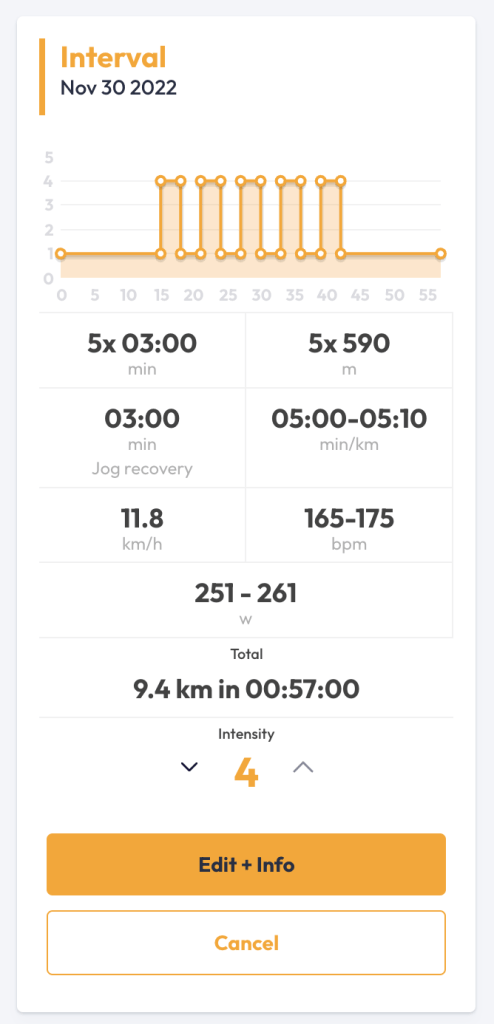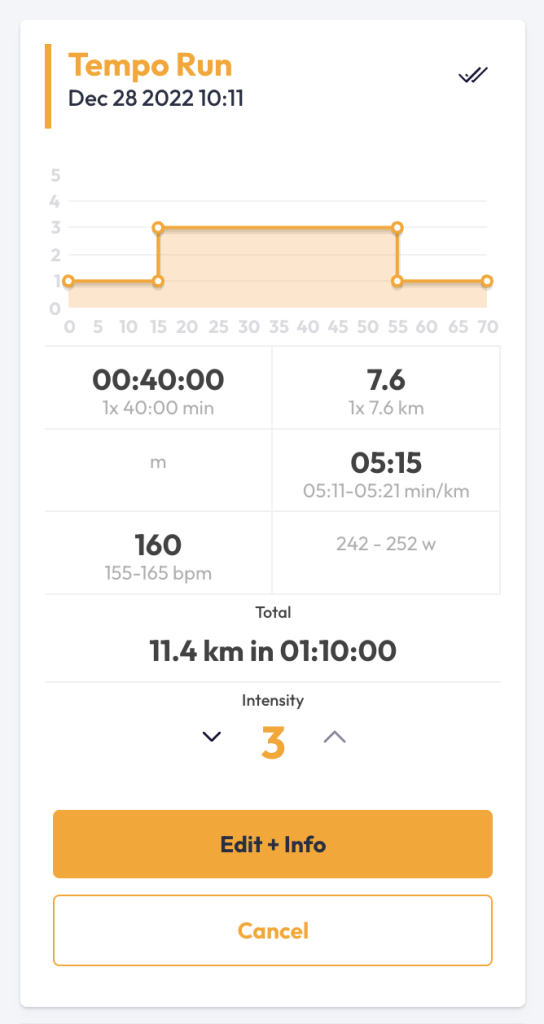Tabla de contenido
One of the most common questions on this page is: How can I improve my time? No matter the level of the runner, almost everyone wants to improve their times, whether it’s 5K, 10K, half marathon, or marathon.
For a beginner, just running will bring about improvements. I remember when I started signing up for the first 10K competitions, and I was getting better and better results without doing any special training and beyond maintaining consistency in my jogging routines. I didn’t know what speed training was, but it was a long run, much less a tempo or a farlek.
The basics of speed training
Based on this, increasing the training volume alone will allow improvements in the distance covered per unit of time to be seen when a runner starts. Still, at some point, relative stagnation will be experienced, indicating that it is time to change the way of training.
Despite the advantages of this type of training (aerobic capacity, form and economy of running, strength and muscular power, confidence, etc.), speed is like being on a razor’s edge, and too much can lead to a sure injury. That is why you must be careful and follow specific rules such as going gradually and not speeding until you have time to run regularly, avoiding your speed work that exceeds 15% of your weekly mileage, and warm up properly, among others.
Now, there are four main types of speed training, and we present them in order according to our recommendation to start:
Fartlek workouts
It consists of fast runs (say at a pace equivalent to a 5km race and a 10km race), followed by recovery periods at a brisk jog or “easy run.” The intervals are defined in terms of time and not distance in a given time. They are run anywhere (park, street, etc.). Read more: Fartlek adding variety to Runners’ training
Tempo
These long intervals run at a “strong but controlled” pace, generally slightly slower than the 5km pace. They can consist of a continuous run of up to 10 kilometers or long intervals with short recovery times. Read more: Tempo training; intense but controlled pace
Hill Training
It is an alternative to intervals and consists of performing repetitions on climbs ranging from 30 seconds to 5 minutes at an equivalent effort level of 85-90% of the maximum heart rate.
Interval workouts
These are repetitions at distances ranging from 200 to 1,500 meters at a pace equivalent to our 5k pace or even faster. The recovery is usually short or equivalent in time to the duration of the interval.
Yassos
This workout is called The Yasso or The Yasso 800, after its creator, Bart Yasso.
Strides
Accelerations are 50-100 meter runs on a flat surface (track, street, etc.), usually done at the end of a social or easy running session.
When to start speed training?
Renowned coach Bob Glover of the New York Road Runners Club recommends starting speed training if:
You have been running for at least a year.
- You have completed a competition.
- You run at least 25 kilometers per week.
- You can run harder than your training pace for a distance of at least 5-10 kilometers.
Following these suggestions will undoubtedly prevent injuries. Of course, this is a general recommendation, and there are case studies.
As defined by Hal Higdon: “Speed work is a training method that can allow you, after months or even years of training, to make progress after you have reached a plateau in your performance.” Why try this work if you are starting and have not reached that plateau? This could also be a good guide for when to start.
Other related articles:
How do I include speed training in my running plan?
Many people, especially those just starting, find it challenging to incorporate speed exercises or understand their nomenclature in standard plans. In our running.COACH training plans, we prepare the best speed training exercises for you, explained. If you wish, you can do them with our application, which has the coach voice option!
An example of a Tempo or Interval exercise is in our running.COACH app
Related article:
Intensive Training – The importance of Intervals and Tempo Runs
Looking for a plan that trains with you, not against you?
At running.COACH, we don’t just build a schedule. We create a smart, living plan that evolves with you. It understands your level, your race goals and your real life. Whether you sync your GPS watch or train straight from our iOS or Android app, your plan adjusts automatically as you improve.
From day one, you’ll feel the difference:
- A fully personalized, dynamic plan designed for you.
- Automatic sync and effortless workout tracking.
- Real-time updates when life happens, including missed sessions, new races or schedule changes.
- Simple, science-backed guidance to train smarter and recover faster.
🎁 Start today and enjoy your first 30 days free.
Because the best training plan isn’t one you follow. It’s one that follows you.app.













0 Comments